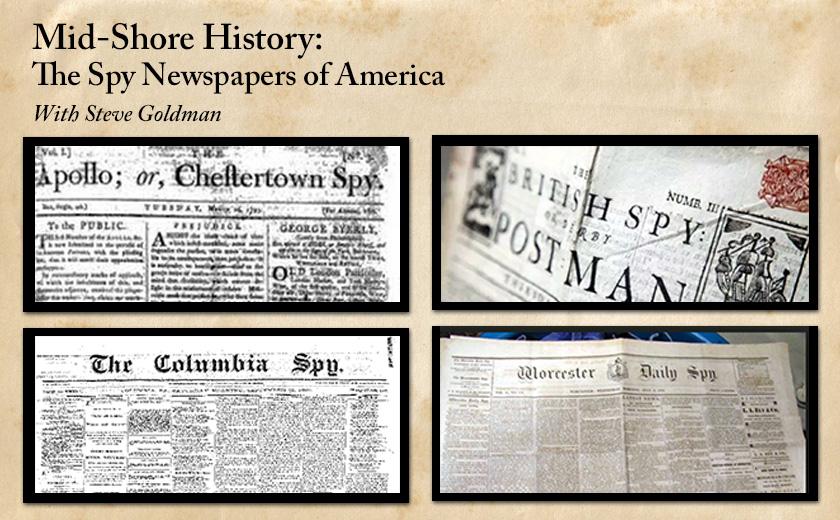When I started the Chestertown Spy in 2009, I wasn’t convinced that having a local newspaper with “spy” in the masthead was the best idea around. During the months prior to launching my concept of a web-based, hyper-local and educational news source, I continued to postpone deciding on its name until the very last minute.
My heart said yes; I loved the fact that the new publication could be named after Chestertown’s first newspaper in 1793, but my mind said this could be a grave mistake. For every one person in town that knew of the original newspaper’s existence, there were nine people who could easily interpret the the word “spy” in less than generous ways.
Nonetheless, John Lang, the Spy’s first executive editor and former AP reporter, lobbied hard to use the old name, and I agreed to look again at the 18th century Spy one more time before we were to turn on the new site.
And in looking at the old version of the Chestertown Spy, I began to see how these two entities, divided by over two hundred years, would be remarkably similar in the content they would provide the community. While public affairs remained a primary focus, you can see in the early Spy a surprisingly wide range of topics that reflected a passion for the arts and culture.
With subjects as diverse as philosophy, health, education, spirituality, poetry, and storytelling, the first Spy surprisingly incorporated many of the same topics the new Spy inspired provide greater Chestertown. It was a perfect fit and I’ve never regretted the decision nor the responsibility in carrying on the original Chestertown Spy’s mission.
But this journey into the historic roots of the Spy also led me on a quest of sorts in understanding why so many colonial newspapers used that name in their masthead. By 1820, there were more than 14 newspapers in America that used that Spy in their name, starting with the venerable Massachusetts Spy which started in 1770.
And when I discovered that the largest private collection of historical newspapers in the United States was located in none other than Oxford Maryland, I drove over to meet its owner, Steve Goldman, who build this remarkable archive of American history to get a crash course on the Spy newspapers of America as well as his thoughts on journalism then and now.
This video is approximately five minutes in length. For more information about Stephen A. Goldman Historical Newspapers please go here.



Write a Letter to the Editor on this Article
We encourage readers to offer their point of view on this article by submitting the following form. Editing is sometimes necessary and is done at the discretion of the editorial staff.